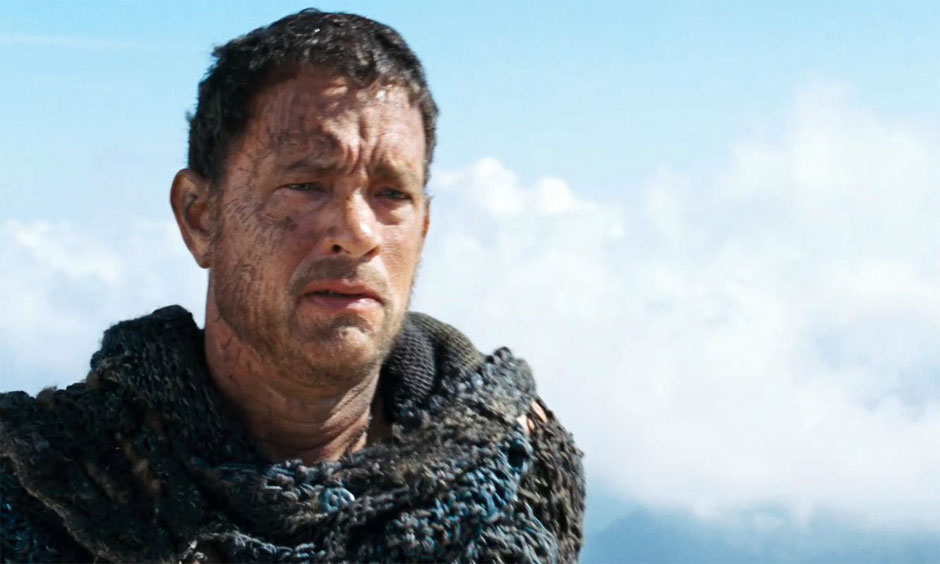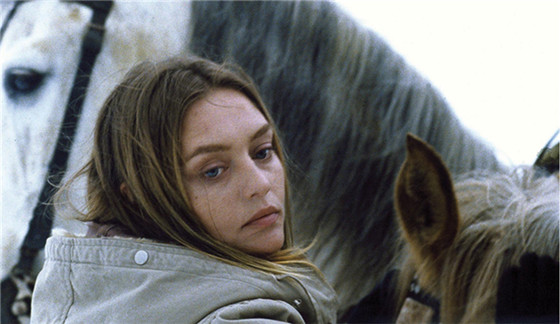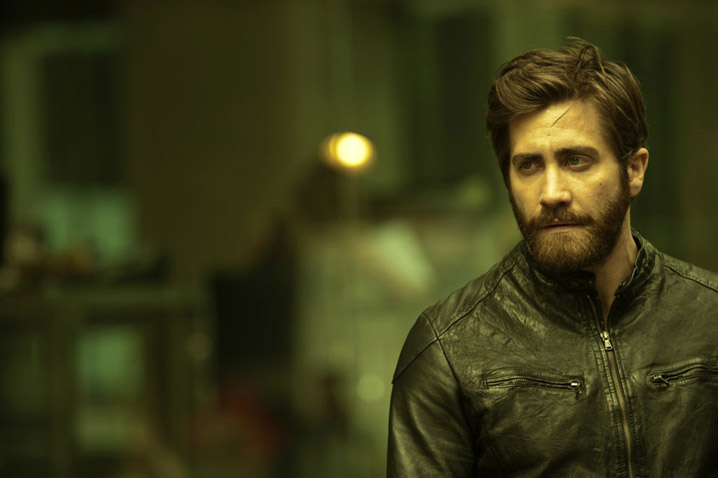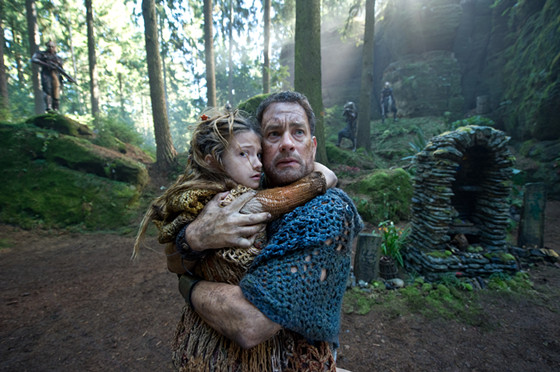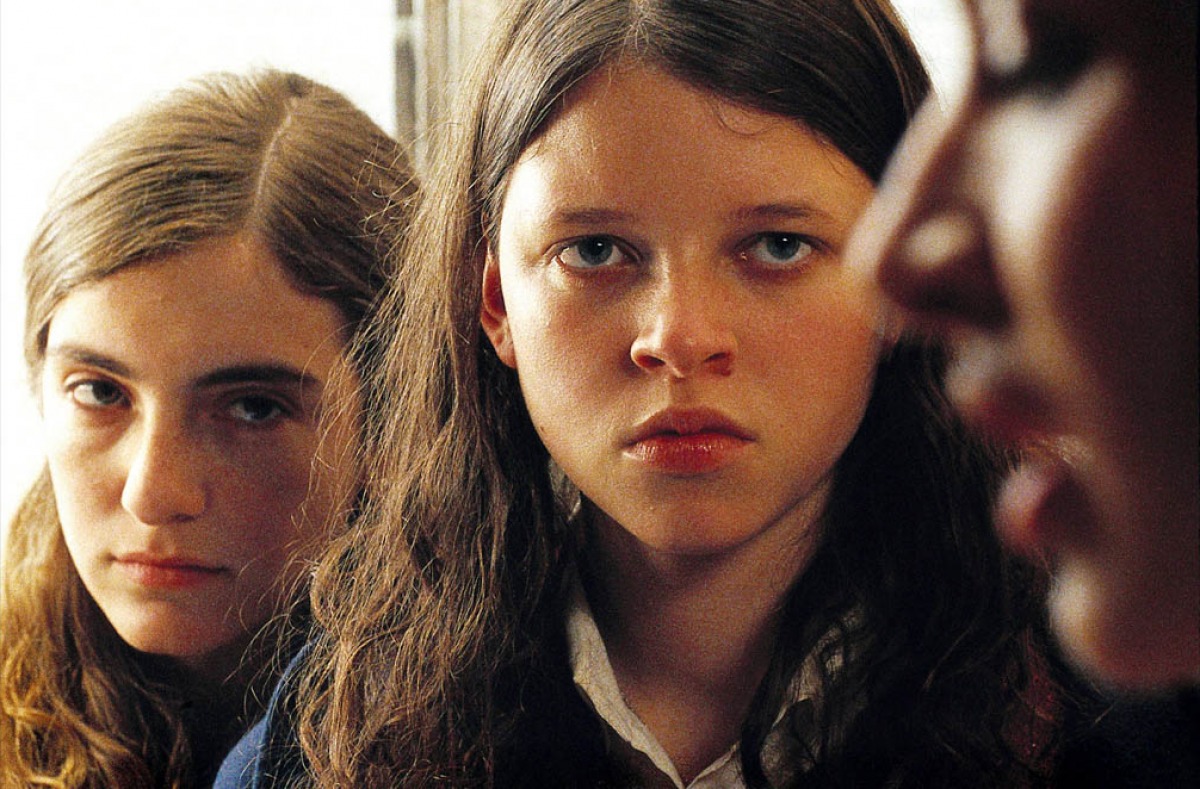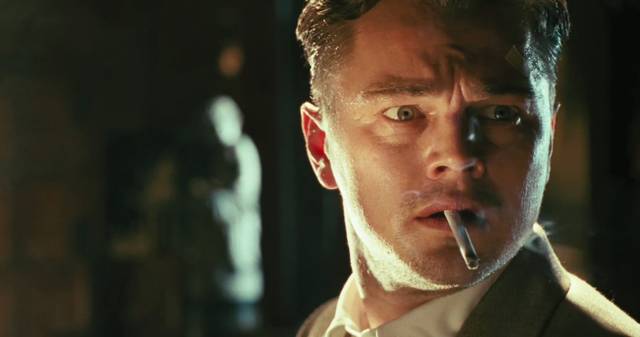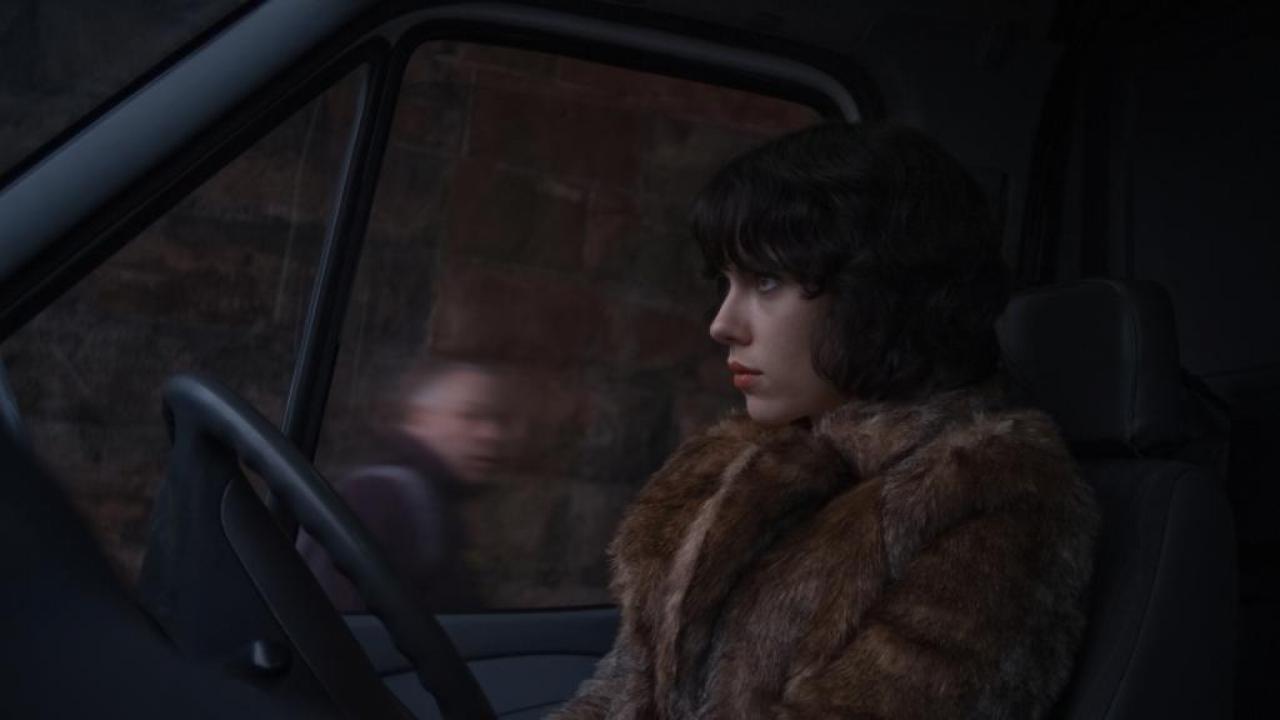When used as an adjective to describe a film, the word “complex” usually means one of two things. The most common use refers to a movie with an intricate plot structure that defies conventional storytelling; think of the non-linear narratives of Pulp Fiction (1994), Memento (2000), and Michael Clayton (2007).
These films are all original and brilliant in their ability to break down chronological stories and create a cinematic puzzle. However, once the viewer figures out how the pieces fit together, the stories are relatively straightforward and easy to follow.
The second connotation that comes with the word “complex” is often used in a negative context, referring to films that are so convoluted or abstract, that the average filmgoer considers them illogical and pretentious. This second type of films are not made for everyone, they do not break box-office records or garner universal acclaim. They are polarizing, closer to art than entertainment.
There is a kind of underground cult of film lovers who crave these films; they watch a movie with the hope of being challenged psychologically, emotionally, and intellectually. These people consider this second type of “complex” films as masterpieces of cinema that demand multiple viewings in order to discover the elusive deeper meanings.
This group makes up only a small percentage of the general film going audience as reflected in the fact that Fast and Furious and Transformers have developed into movie franchises, while filmmakers like Charlie Kaufman and Shane Carruth struggle to get financing. The following list includes the latter type “complex” films from the 21st century that, for better or worse, are too smart for mainstream movie audiences.
15. The Place Beyond The Pines (2012)
Derek Cianfrance’s second feature is a 2-hour plus movie starring two of the biggest actors on the planet. Yet, Ryan Gosling and Bradley Cooper only share one scene together and one of them doesn’t even make it past the first third of the film. The storyline takes the three-act structure to another level, bringing three different stories together to form a tale of sins and forgiveness.
Set in Schenectady, a city in upstate New York which gets its name from a Mohawk word that means “beyond the pines” (this city may appear again on this list), the film is about legacy, specifically how a son is affected by the relationship or lack thereof with his father.
Audience members who see this movie expecting a fun, heartening movie with the stars from The Notebook and The Hangover will leave feeling deceived, while others may consider the film too ambitious or cite the unbalanced structure as its main a weakness. Still, the film is able to capture a realism and rawness that most movies do not even attempt.
Cianfrance’s background in documentary filmmaking shows with the intimate handheld camera work and improvisation not unlike his first film Blue Valentine (2010). The freedom the director gives to his talented actors allows them to create memorable performances and authentic characters that drive this underrated modern epic.
14. L’Intrus (2004)
Released in English speaking countries as The Intruder, this film comes from French writer/director Claire Denis. Based on an autobiographical by Jean-Luc Nancy, the story revolves around a dying old man who leaves his home in search of a heart transplant and a chance to reconnect with an estranged son. Slim on plot and dialogue, Denis relies on intricate shot designs and mesmerizing visuals to captivate the audience’s attention.
Jean –Luc Nancy was influenced by the great existential thinkers of the past, so it makes sense for a film based on his writing to be more philosophical than to have a clear, set in stone narrative. Denis is much more concerned about the viewer’s emotional journey rather than having them fully understand of the plot, which will frustrate those who are seeking a simple story to follow. L’Intrus is a cinematic poem that audiences will either tune out and ignore or give in and surrender to its philosophical spell.
13. Enemy (2013)
Filmed before but released after their box office hit Prisoners (2013), Canadian director Denis Villeneuve and actor Jake Gyllenhaal’s lesser known film tells the familiar story of a man who meets his doppelganger.
Shot in Toronto, Villeneuve uses a drab color palate of yellow and brown tones as the story alternates between Gyllenhaal as a college history teacher and Gyllenhaal as a small-time actor with a pregnant wife. The film never explains whether one character is the imaginary creation of the other, if they are both separate individuals, or if any of what we see on screen is real at all.
With Enemy and his latest film Nightcrawler (2014), Gyllenhaal has really grown as an actor, shedding his pretty boy image and choosing more challenging roles of psychologically tortured characters in the same way Christian Bale did years ago with American Psycho (2000) and The Machinist (2004). He brings subtle nuances to each one of the identical characters in Enemy, which allows the story to move back and forth between the two without confusing the audience too much.
Finally, there is the ending. One reviewer called the film’s final shot “the scariest ending of any film ever made” while others consider it a storytelling cop out and unsatisfying. Either way, the film sparks debate and raises question about what it all means, specifically the spider metaphor that constantly creeps in throughout the film. If the viewer can keep from getting tangled up in the web of what’s real and what isn’t, this film rewards with an original and innovative vision of the old story of “The Double”.
12. Cloud Atlas (2012)
The Wachowski siblings only know how to make films one-way: big. They changed the sci-fi genre with their mind-bending Matrix films, so if there was anyone up to the task of adapting David Mitchell’s thought to be un-filmable novel, it’s these two.
The film features six separate plotlines from various time periods with the same actors portraying different characters throughout. Filmed with a budget over $100 million, it failed at the American box office and did not even crack $30 million domestically. Some see it a sprawling visionary masterpiece while others consider it a nonsensical mess of a movie.
After receiving a ten-minute standing ovation at the Toronto Film Festival, there were almost 40 cuts made before being released nationwide. This may explain some of the problems people have with the film; a lot of material left on the cutting floor could help connect some of the dots.
There are rumors that a 4-plus hour director’s cut of the film could be released soon and word from those who have seen it is that will blow everyone away. Still, in the era of short attention spans and formulaic storytelling, it is unlikely that the Wachowski’s ambitious epic will receive universal acclaim anytime soon.
11. La Nina Santa (2004)
Argentinian writer/director Lucrecia Martel’s second feature focuses on an adolescent girl’s struggle with her spiritual faith and newly discovered sexuality. Translated in English as The Holy Girl, the film is loosely based on Martel’s own upbringing in conservative Catholic region in northern Argentina. By forming the main character and her surroundings from her own childhood memories, the director is able to convey authentic feelings towards religion, family, and sexuality in this coming-of-age story.
The plot revolves around 16 year-old Amalia (María Alche) and her quest to save a doctor from sin after her inappropriately gropes her. As the film progresses, she battles the psychological contradiction that comes with religious faith and human sexuality.
Martel’s seemingly minimalist style of filming with few camera movements and lack of establishing shots between scenes also incorporates dense mise-en-scene and disorienting framing techniques that show the distressed inner psyche of her conflicted protagonist. The film forces the audience to pay close attention as the straightforward story quickly develops into an elaborate character study on female adolescence.
10. Shutter Island (2010)
Dennis Lehane’s novels have shown they translate very well to the big screen: Mystic River (2003), Gone, Baby, Gone (2007), and most recently The Drop (2014).
Shutter Island proved no different when Martin Scorsese and Leonardo DiCaprio teamed up for their fourth film together and adapted Lehane’s novel about a U.S. Marshall with a mysterious past named Teddy Daniels, who is sent to investigate a missing patient at an insane asylum. Although well received and a hit at the box office, many consider the film below the usual brilliant work of Scorsese and more of a fun B-movie with a clever twist than a thought provoking thriller that improves with multiple viewings.
The secret to the film’s brilliance is in the details. Obviously, re-watching the film after knowing the big twist will reveal certain things missed during the first viewing, but the movie is deeper than that. The use of an eerie soundtrack, violent war memories, and unreliable authority figures the film captures the sense of paranoia that penetrated American citizens during the Cold War period of the 1950’s.
The fact that the main character is a former WWII vet with constant flashbacks to Nazi concentration camps is not just for back-story, it explains his possible insanity. Add references of German doctors to the use of drugs and mind control techniques; the film raises questions about government power and whether or not those in charge can be trusted. Also, Daniels’ final line in the film was not in the book and further opens up the debate about whether or not the main character was actually crazy.
9. Under the Skin (2013)
The most recent film on this list, director Jonathan Glazer’s symbolic sci-fi head-trip took one of the most beautiful, recognizable actresses in the world Scarlett Johansson, and turned her into a seductive, man-eating alien from another planet. Based on Michael Faber’s novel, the film keeps dialogue and explanation to a minimum and relies on Johansson’s facial expressions and Mica Levi’s hypnotic score tell the majority of the story.
Glazer mixes the striking imagery of an open Scottish landscape with personal interior shots of Johansson driving around stalking out her prey. Interesting to note is the scenes of her in the car talking to random strangers were shot with hidden cameras and the men did not know they were being filmed, which makes the interactions between the characters seem more realistic and natural. Glazer even chose to cast a man with a facial disfigurement in real life rather than settling for prosthetics and make up to create that character.
The pace is slow and the ideas may seem too arty for some, but Glazer’s ability to tell his story through visuals and music is a refreshing cinematic experience for those who are tired of the typical overly explanatory dialogue dependent movies of Hollywood.
